Home>Furniture & Design>Interior Design Trends>How To Remove Glass From Garbage Disposal
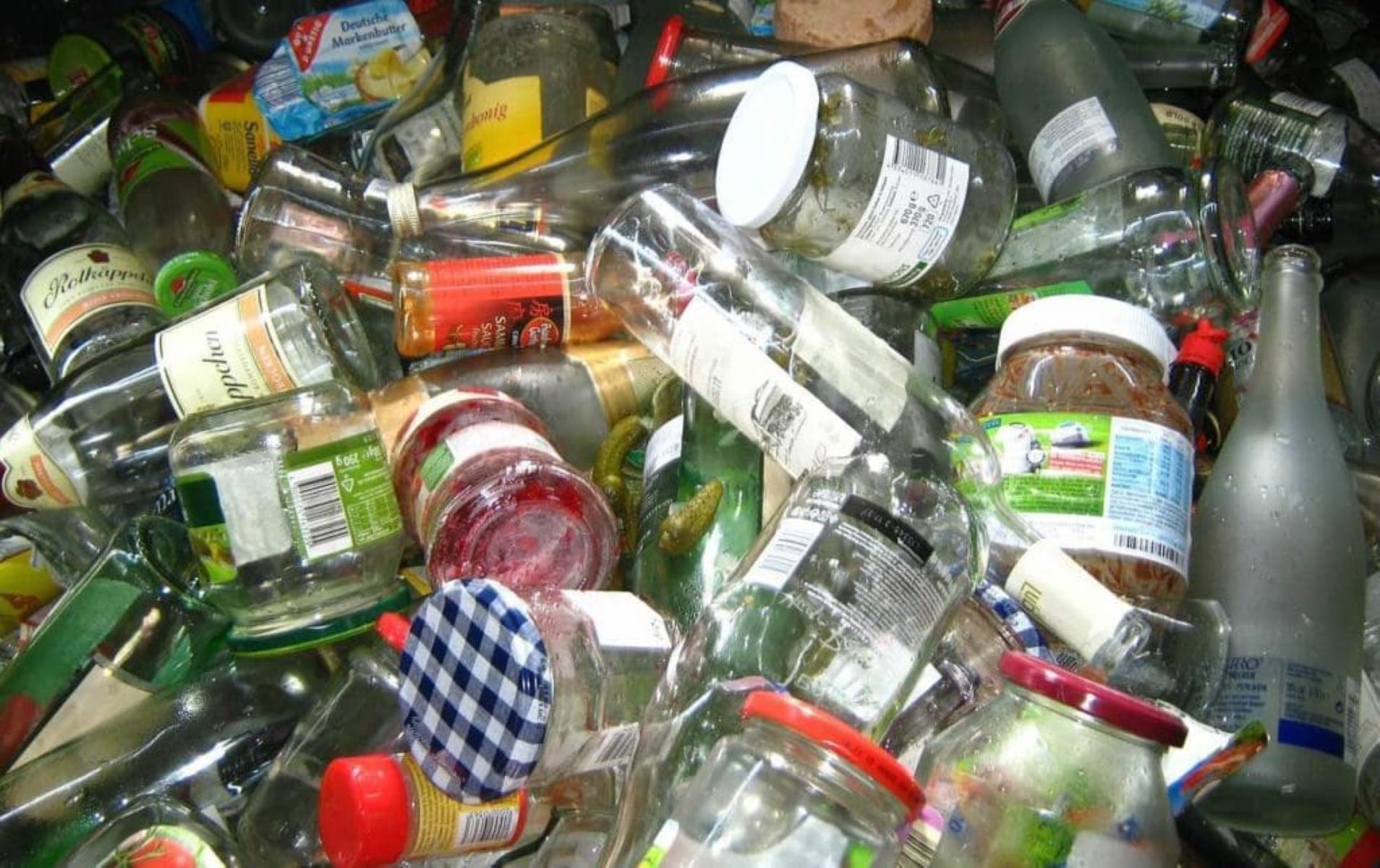

Interior Design Trends
How To Remove Glass From Garbage Disposal
Modified: February 18, 2024
Learn how to safely remove glass from your garbage disposal with our expert tips. Keep up with the latest interior design trends and keep your home looking stylish.
(Many of the links in this article redirect to a specific reviewed product. Your purchase of these products through affiliate links helps to generate commission for Storables.com, at no extra cost. Learn more)
Introduction
Dealing with a broken glass in a garbage disposal can be a daunting task. The presence of glass shards in this essential kitchen appliance poses a serious safety hazard and can potentially damage the disposal unit if not handled properly. However, with the right approach and tools, it is possible to safely remove the glass from the garbage disposal without causing further harm.
In this comprehensive guide, we will walk you through the step-by-step process of removing glass from a garbage disposal. By following these instructions, you can effectively address this issue and restore the functionality of your disposal unit. It's important to approach this task with caution and patience to ensure a successful outcome.
Whether the glass accidentally fell into the disposal or a glass object shattered inside it, the steps outlined in this guide will help you navigate through this challenging situation. From turning off the power to using specialized tools for extraction, each step is designed to minimize the risk of injury and prevent damage to the disposal unit.
By the end of this guide, you will have the knowledge and confidence to safely and effectively remove glass from your garbage disposal. Let's dive into the step-by-step process and get your disposal back in working order.
Key Takeaways:
- Safely remove glass from garbage disposal by turning off power, using pliers for large pieces, and tongs for small pieces. Clean with a vacuum and run water to ensure no remaining glass.
- Prioritize safety and precision when removing glass from garbage disposal. Follow step-by-step process to ensure a safe and efficient kitchen environment.
Read more: How To Remove Garbage Disposal From Sink
Step 1: Turn Off the Power
The first and most crucial step in removing glass from a garbage disposal is to ensure that the power to the unit is completely turned off. This is a critical safety measure that prevents accidental activation of the disposal while you are working on it. Failing to disconnect the power source can lead to serious injuries and further damage to the disposal unit.
To begin, locate the main electrical panel in your home. This panel typically houses the circuit breakers or fuses that control the power supply to various appliances and outlets. Once you have located the panel, identify the circuit breaker or fuse that corresponds to the garbage disposal. This information is usually labeled on the panel for easy identification.
Next, switch off the circuit breaker or remove the fuse that powers the garbage disposal. This action effectively cuts off the electricity supply to the unit, ensuring that it cannot be turned on accidentally. It is important to verify that the power has been successfully disconnected by attempting to turn on the disposal using the wall switch. If the disposal does not activate, you can proceed with the next steps confidently.
In some cases, garbage disposals may be directly plugged into an outlet under the sink. If this is the setup in your kitchen, simply unplug the disposal from the outlet to disable the power supply. After disconnecting the power, it is advisable to tape over the disposal switch to provide a visual reminder that the unit is undergoing maintenance and should not be operated.
By diligently following this initial step to turn off the power, you create a safe working environment for the subsequent tasks of removing the glass from the disposal. This precautionary measure significantly reduces the risk of electrical accidents and allows you to focus on the extraction process without any concerns about the disposal being activated inadvertently.
With the power safely turned off, you are now ready to proceed to the next step of using pliers to remove large pieces of glass from the garbage disposal. This methodical approach ensures that each phase of the glass removal process is conducted with the utmost safety and precision.
Step 2: Use Pliers to Remove Large Pieces
With the power to the garbage disposal safely turned off, the next step involves using pliers to carefully extract large pieces of glass from the unit. Pliers are an essential tool for this task, as they provide a firm grip and precise control when reaching into the disposal chamber.
To begin, it is important to visually inspect the disposal chamber to identify any sizable glass fragments that are easily accessible. Using a flashlight can be helpful in illuminating the interior of the disposal, allowing you to spot and assess the extent of glass debris present.
Once the glass pieces are identified, use a pair of sturdy, long-nose pliers to reach into the disposal chamber and grasp the larger fragments. Exercise caution and avoid applying excessive force, as this can potentially damage the disposal's components. Instead, gently maneuver the pliers to securely grip each piece of glass and carefully pull it out of the disposal.
It is crucial to work methodically and patiently during this process, ensuring that each large piece of glass is extracted without causing any further damage to the disposal unit. Take your time to maneuver the pliers effectively, aiming to remove as much of the larger glass fragments as possible.
In some instances, the glass pieces may be wedged or positioned in a way that makes extraction challenging. If you encounter resistance while attempting to remove a particular piece, avoid forcing it out forcefully. Instead, reposition the pliers and adjust your approach to safely dislodge the glass without compromising the integrity of the disposal.
As you extract the large glass pieces, place them in a sturdy container or a designated disposal bag to prevent any accidental injuries from handling sharp shards. It is essential to handle the glass fragments with care to avoid personal injury and to contain the debris effectively.
By using pliers to remove the large pieces of glass from the disposal, you are taking a proactive step towards clearing the unit of potentially damaging debris. This meticulous approach sets the stage for the subsequent steps in the glass removal process, ensuring that the disposal is thoroughly cleared of larger fragments before proceeding to address smaller pieces.
With the larger glass fragments successfully extracted, you are now ready to move on to the next step of using tongs or tweezers to remove smaller pieces from the garbage disposal. This systematic approach ensures that each phase of the glass removal process is carried out with precision and attention to detail.
Step 3: Use Tongs or Tweezers to Remove Small Pieces
With the larger glass fragments successfully removed from the garbage disposal, the next critical step involves addressing the smaller pieces that may still be present within the unit. To effectively tackle these smaller shards, the use of tongs or tweezers is instrumental in carefully extracting the remaining glass debris.
Using a pair of long-handled tongs or tweezers, carefully reach into the disposal chamber to identify and extract the smaller glass pieces. The extended reach provided by these tools allows for precise maneuvering within the disposal, minimizing the risk of accidental contact with the disposal's components.
As you navigate the interior of the disposal with the tongs or tweezers, exercise patience and attentiveness to ensure that each small glass fragment is securely grasped and removed. It is essential to work methodically, focusing on systematically clearing the disposal of all remaining glass debris.
In some instances, the smaller glass pieces may be lodged in hard-to-reach areas or positioned in a manner that requires careful manipulation to extract. Take your time to delicately maneuver the tongs or tweezers, aiming to safely retrieve the smaller glass shards without causing any disruption to the disposal's internal mechanisms.
Throughout this process, maintain a steady grip on the glass pieces to prevent them from slipping back into the disposal or causing accidental injury. Handle each shard with precision, placing them in a designated disposal container to ensure safe containment and disposal.
As you diligently use tongs or tweezers to remove the small glass pieces from the disposal, you are effectively clearing the unit of any remaining debris, minimizing the risk of potential damage and ensuring its safe and efficient operation. This meticulous approach sets the stage for the final steps in the glass removal process, marking significant progress towards fully restoring the disposal's functionality.
With the smaller glass pieces successfully extracted, you are now prepared to proceed to the subsequent steps of using a vacuum to clean out any remaining glass and running water to check for any residual debris. This systematic approach ensures that each phase of the glass removal process is conducted with precision and thoroughness, paving the way for a comprehensive resolution to the issue at hand.
Always turn off the power to the garbage disposal before attempting to remove glass. Use tongs or pliers to carefully extract the glass pieces, and never put your hand inside the disposal. Dispose of the glass properly and run cold water to clear any remaining shards.
Step 4: Use a Vacuum to Clean Out Remaining Glass
After successfully removing the larger and smaller glass pieces from the garbage disposal, the next crucial step involves using a vacuum to thoroughly clean out any remaining glass debris. This meticulous approach is essential for ensuring that the disposal unit is completely free of glass shards, minimizing the risk of potential damage and restoring its optimal functionality.
To begin the vacuuming process, it is advisable to use a vacuum cleaner with a hose attachment that provides precision and flexibility when accessing the interior of the disposal. Ensure that the vacuum cleaner is equipped with a sturdy and reliable hose that can effectively capture small particles without causing any damage to the unit.
Carefully maneuver the vacuum hose into the disposal chamber, reaching into the depths of the unit to capture any residual glass fragments that may be lingering. The suction power of the vacuum effectively draws in the tiny glass particles, providing a thorough and efficient cleaning process.
As you navigate the interior of the disposal with the vacuum hose, pay close attention to areas where glass debris may have accumulated, including along the walls and at the base of the unit. Take your time to methodically cover the entire interior space, ensuring that no remaining glass shards are overlooked during the vacuuming process.
In addition to the disposal chamber, it is important to extend the vacuuming process to the surrounding areas, such as the sink drain and the immediate vicinity of the disposal unit. Small glass particles may have dispersed during the extraction process, and it is essential to comprehensively clean these areas to prevent any potential issues in the future.
Throughout the vacuuming process, maintain a steady and controlled movement, focusing on capturing all traces of glass debris to achieve a thorough cleaning outcome. As the vacuum effectively removes the remaining glass from the disposal, you are one step closer to fully restoring the unit's functionality and ensuring a safe and efficient kitchen environment.
By diligently using a vacuum to clean out any remaining glass from the disposal, you are taking a proactive approach to safeguarding the unit against potential damage and addressing the aftermath of the glass removal process. This meticulous cleaning process sets the stage for the final step of running water through the disposal to check for any residual debris, marking significant progress towards achieving a comprehensive resolution to the issue at hand.
Step 5: Run Water and Check for Remaining Glass
With the glass extraction process nearing completion, the final step involves running water through the garbage disposal to thoroughly check for any remaining glass debris. This critical phase serves as a comprehensive assessment of the disposal unit's cleanliness and functionality, ensuring that it is free from residual glass shards before resuming regular use.
To initiate this step, turn on the water faucet and allow a steady stream of cold water to flow into the disposal. The continuous flow of water aids in flushing out any minute glass particles that may have been overlooked during the extraction and cleaning process. As the water cascades into the disposal, observe the drainage to detect any signs of remaining glass debris.
While the water runs, listen attentively for any unusual sounds or indications of obstruction within the disposal. The flowing water provides a dynamic environment for detecting any lingering glass fragments, as they may produce distinct clinking or grinding noises if present. This auditory assessment complements the visual inspection, providing valuable feedback on the disposal's condition.
As the water continues to flow, visually inspect the drainage to ensure that it remains unobstructed and free from any signs of glass residue. The transparent flow of water through the disposal allows for a clear observation of the drainage process, enabling you to identify any potential issues or remnants of glass debris that require further attention.
In addition to visual and auditory assessments, it is advisable to run the disposal briefly while the water is flowing to verify its operational efficiency. Activating the disposal in the presence of running water allows for a real-time evaluation of its performance, providing assurance that it is functioning smoothly and without any indications of residual glass interference.
After running water through the disposal and conducting a thorough assessment of its performance, carefully observe the drainage to confirm that it remains clear and free from any signs of glass debris. This comprehensive evaluation ensures that the disposal is fully operational and devoid of any remaining glass shards, marking the successful completion of the glass removal process.
By diligently running water through the disposal and conducting a meticulous check for remaining glass, you have effectively verified the unit's cleanliness and functionality, ensuring a safe and efficient kitchen environment. This systematic approach concludes the glass removal process, providing confidence in the disposal's readiness for regular use.
Conclusion
In conclusion, successfully removing glass from a garbage disposal requires a methodical approach, prioritizing safety, precision, and thoroughness. The step-by-step process outlined in this guide equips individuals with the knowledge and confidence to address this challenging situation effectively. By adhering to the following key steps, individuals can navigate the glass removal process with caution and achieve a comprehensive resolution:
-
Turn Off the Power: The initial and crucial step of disconnecting the power supply to the garbage disposal sets the foundation for a safe working environment, minimizing the risk of electrical accidents and allowing for focused attention on the extraction process.
-
Use Pliers to Remove Large Pieces: Employing pliers to carefully extract larger glass fragments from the disposal ensures a proactive approach to clearing the unit of potentially damaging debris, laying the groundwork for subsequent extraction steps.
-
Use Tongs or Tweezers to Remove Small Pieces: Addressing smaller glass shards with the precision of tongs or tweezers enables a meticulous extraction process, effectively clearing the disposal of any remaining debris and minimizing the risk of potential damage.
-
Use a Vacuum to Clean Out Remaining Glass: Thoroughly cleaning the disposal with a vacuum ensures the comprehensive removal of any residual glass debris, safeguarding the unit against potential damage and restoring its optimal functionality.
-
Run Water and Check for Remaining Glass: The final step of running water through the disposal and conducting a meticulous check for remaining glass provides a comprehensive assessment of the unit's cleanliness and functionality, ensuring its readiness for regular use.
By following these steps, individuals can effectively address the presence of glass in a garbage disposal, mitigating safety hazards and restoring the unit's operational efficiency. It is important to approach this task with patience, attentiveness, and a commitment to safety, ensuring a successful outcome and a safe kitchen environment.
In the event of significant damage to the disposal unit or uncertainty about the glass removal process, seeking professional assistance from a qualified technician is advisable. Prioritizing safety and precision throughout the glass removal process is essential, and individuals should exercise caution and diligence when working on the disposal unit.
Ultimately, the successful removal of glass from a garbage disposal is a testament to the careful and methodical approach taken to address this challenging issue. By following the outlined steps and prioritizing safety, individuals can effectively navigate through this task and restore the functionality of their disposal unit, ensuring a safe and efficient kitchen environment for everyday use.
Frequently Asked Questions about How To Remove Glass From Garbage Disposal
Was this page helpful?
At Storables.com, we guarantee accurate and reliable information. Our content, validated by Expert Board Contributors, is crafted following stringent Editorial Policies. We're committed to providing you with well-researched, expert-backed insights for all your informational needs.
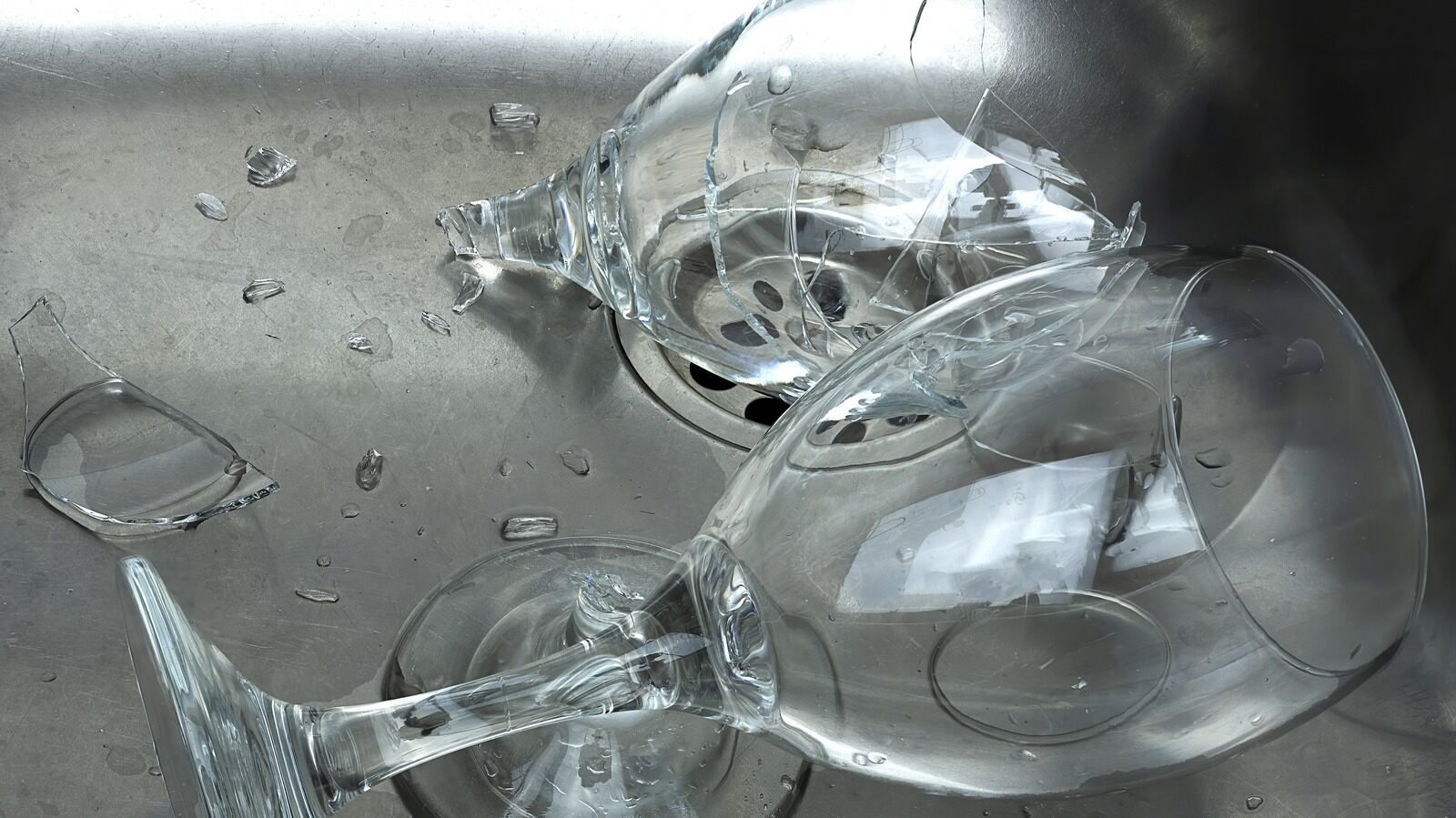
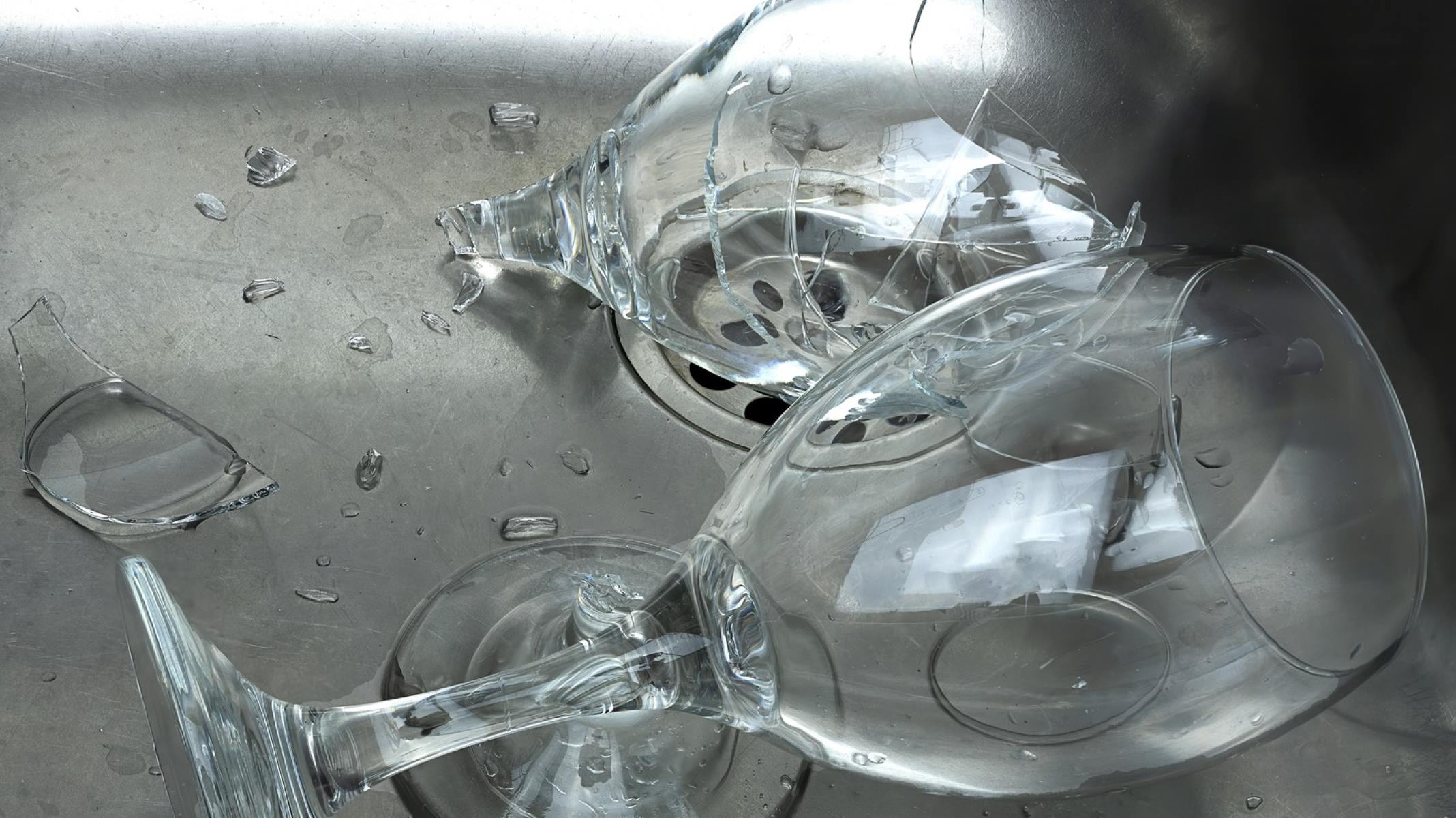

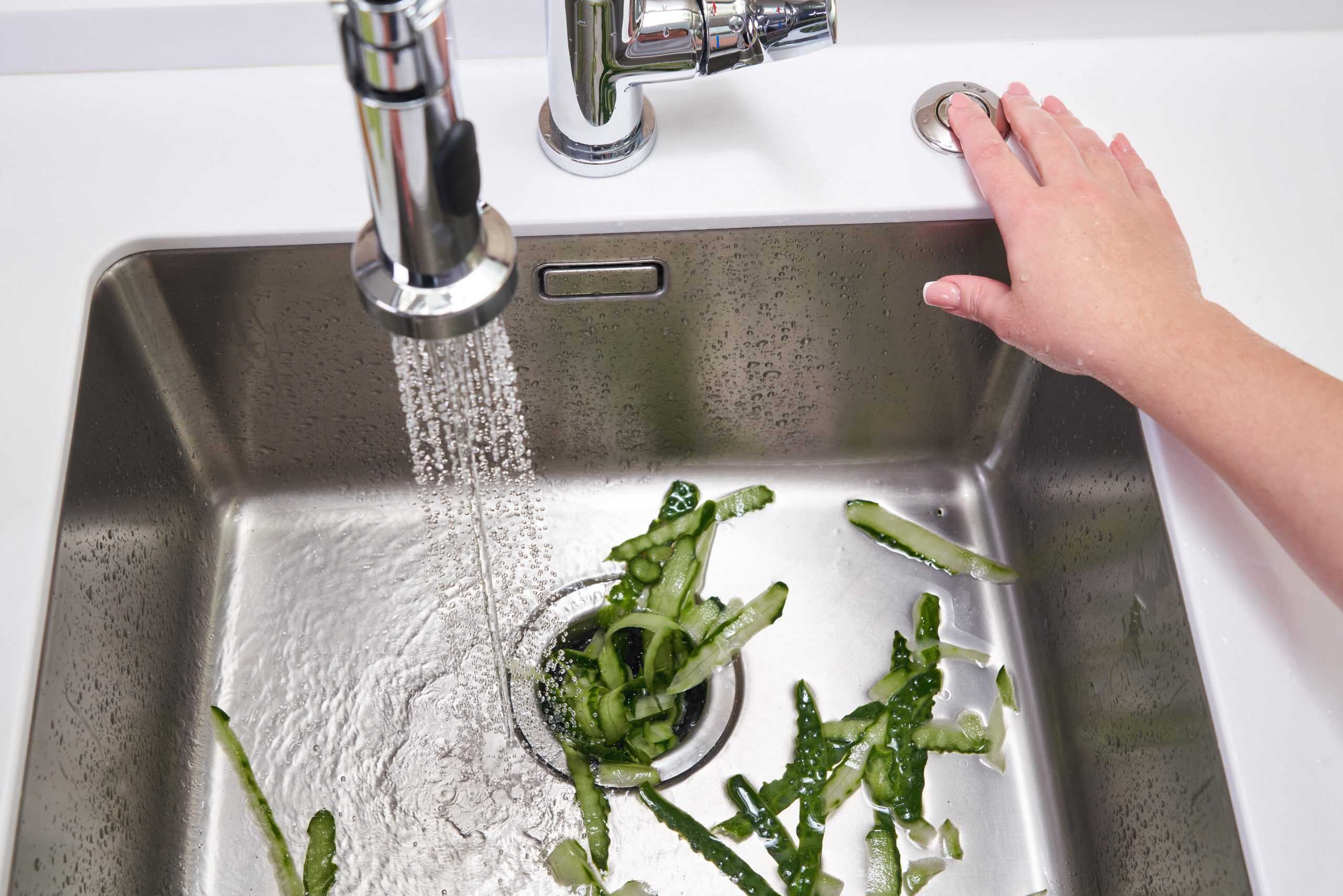
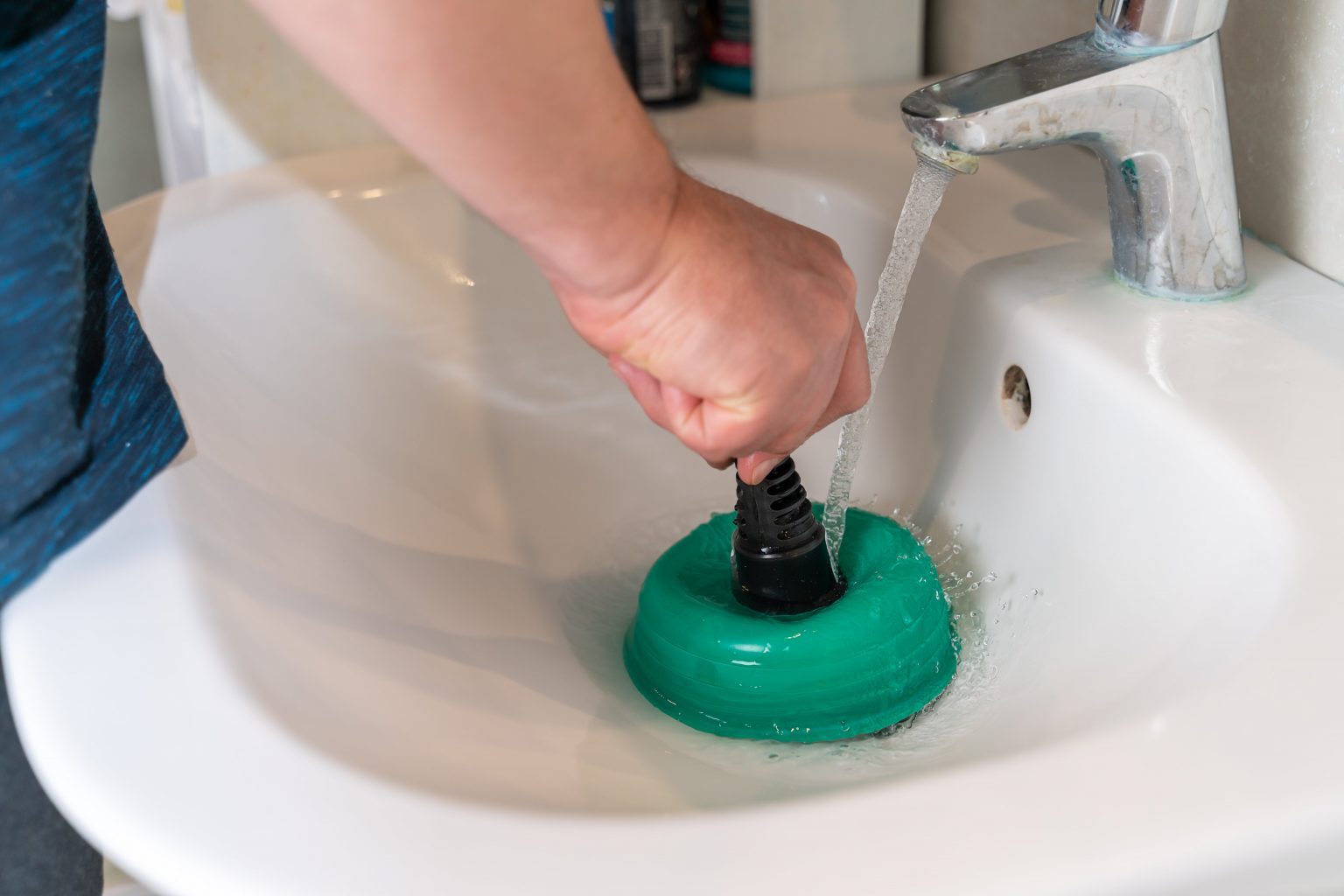
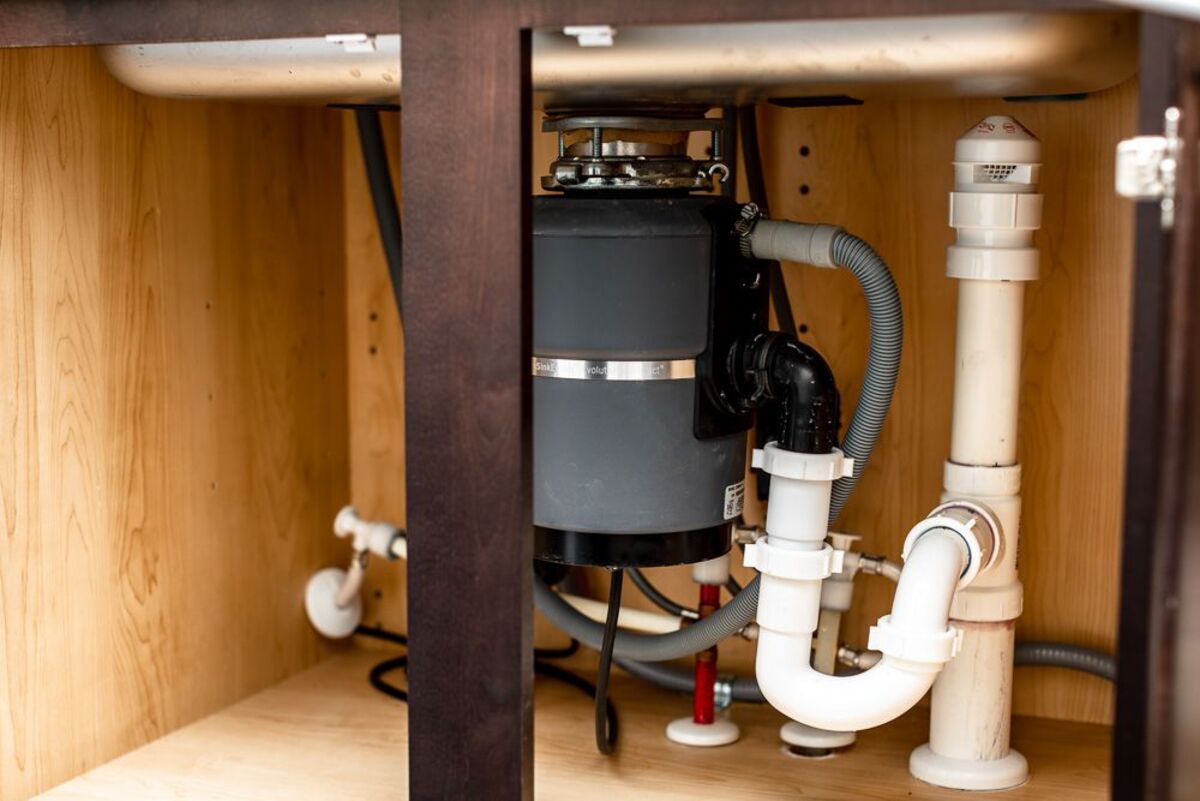
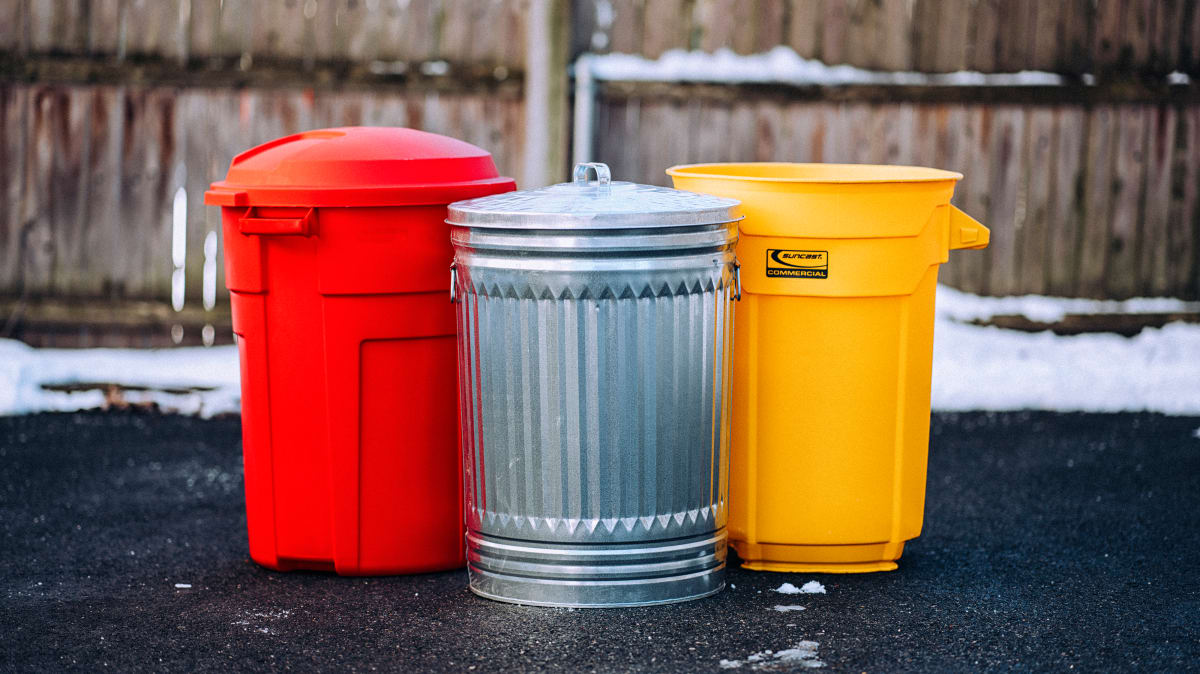

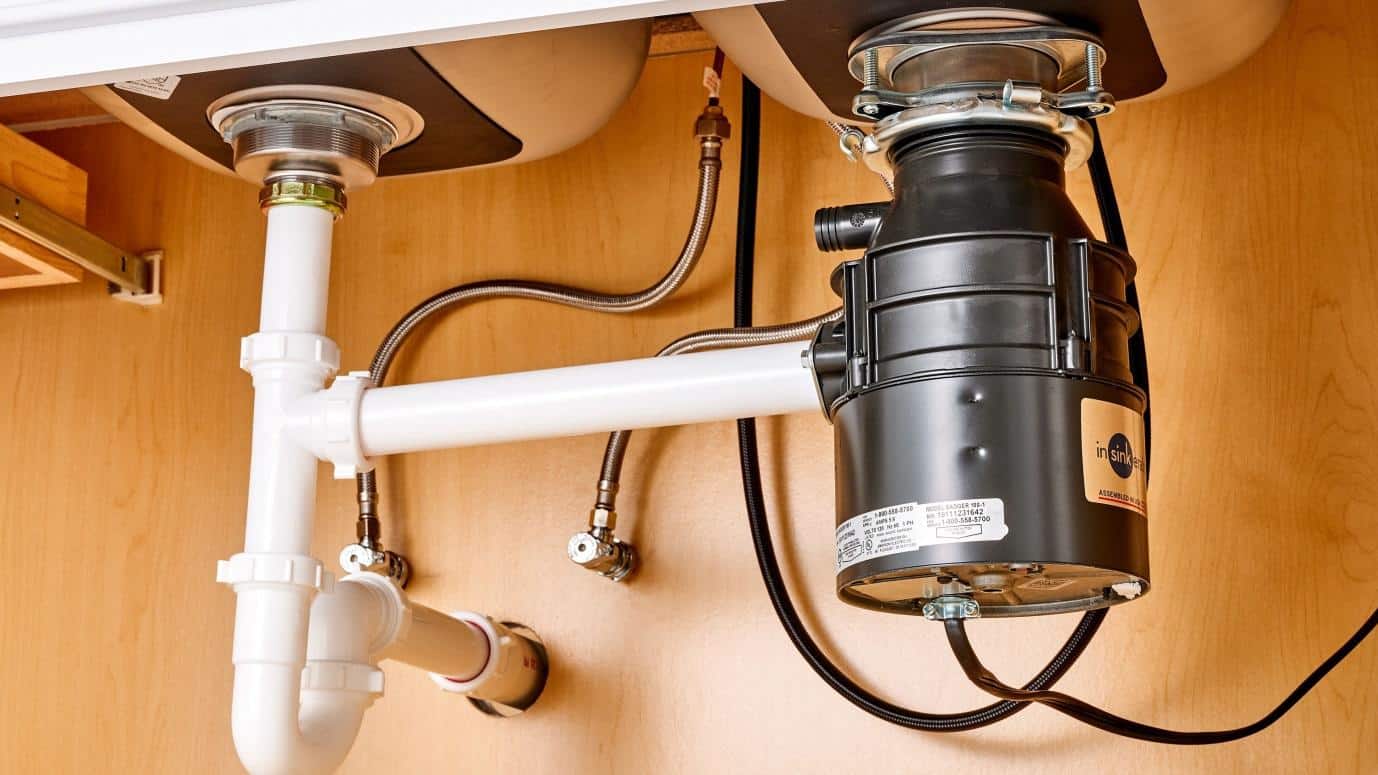
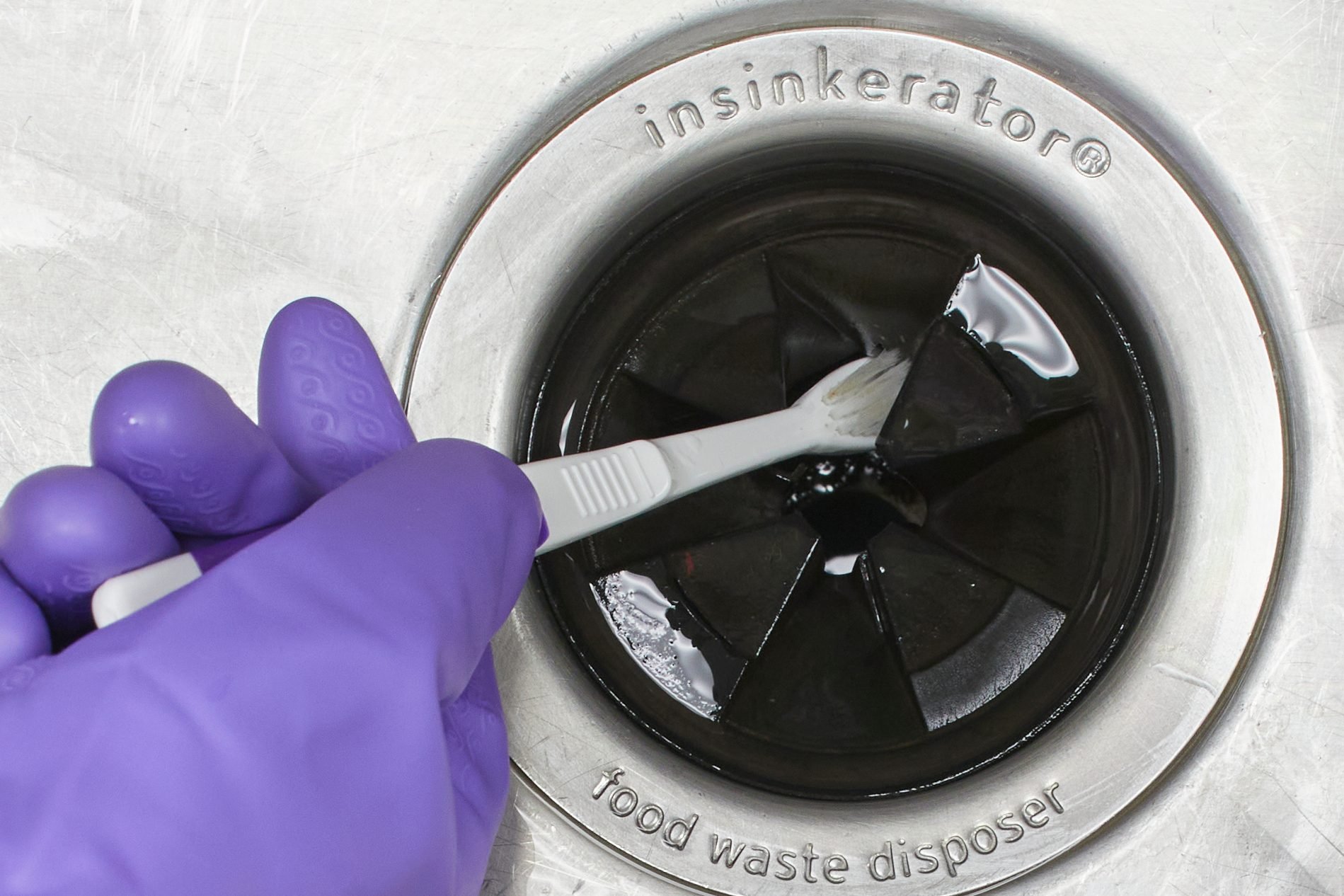
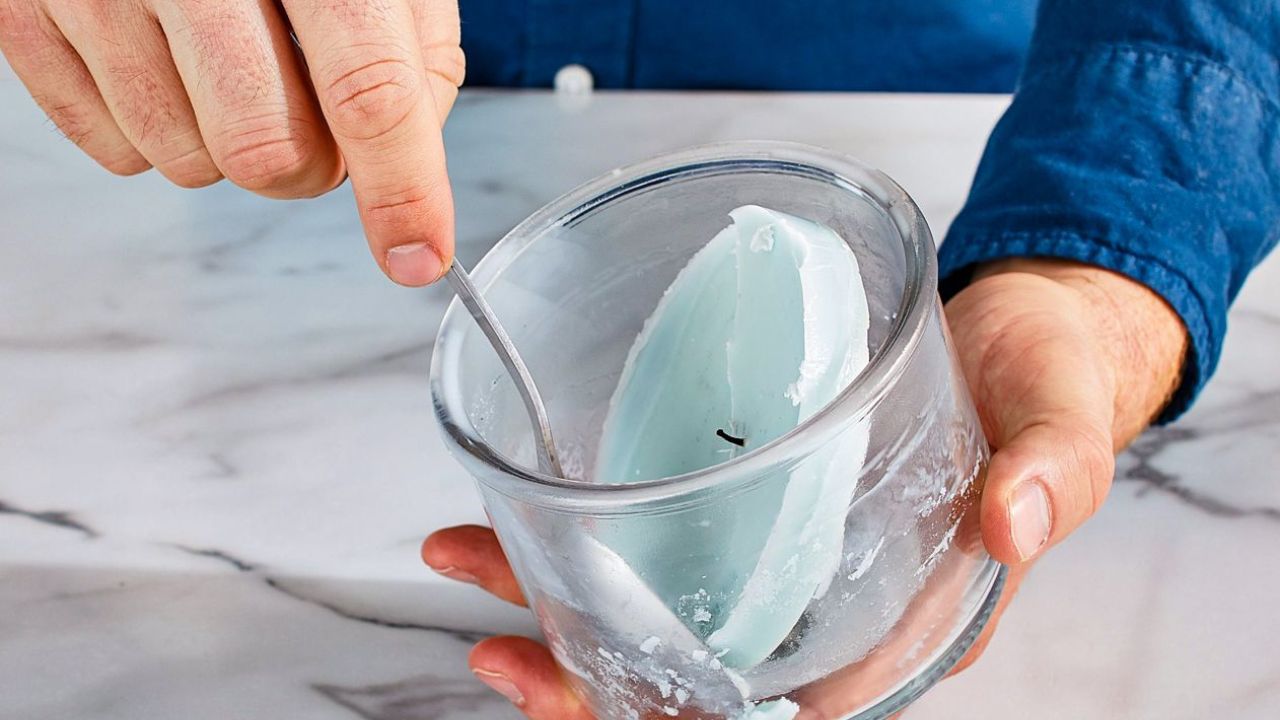


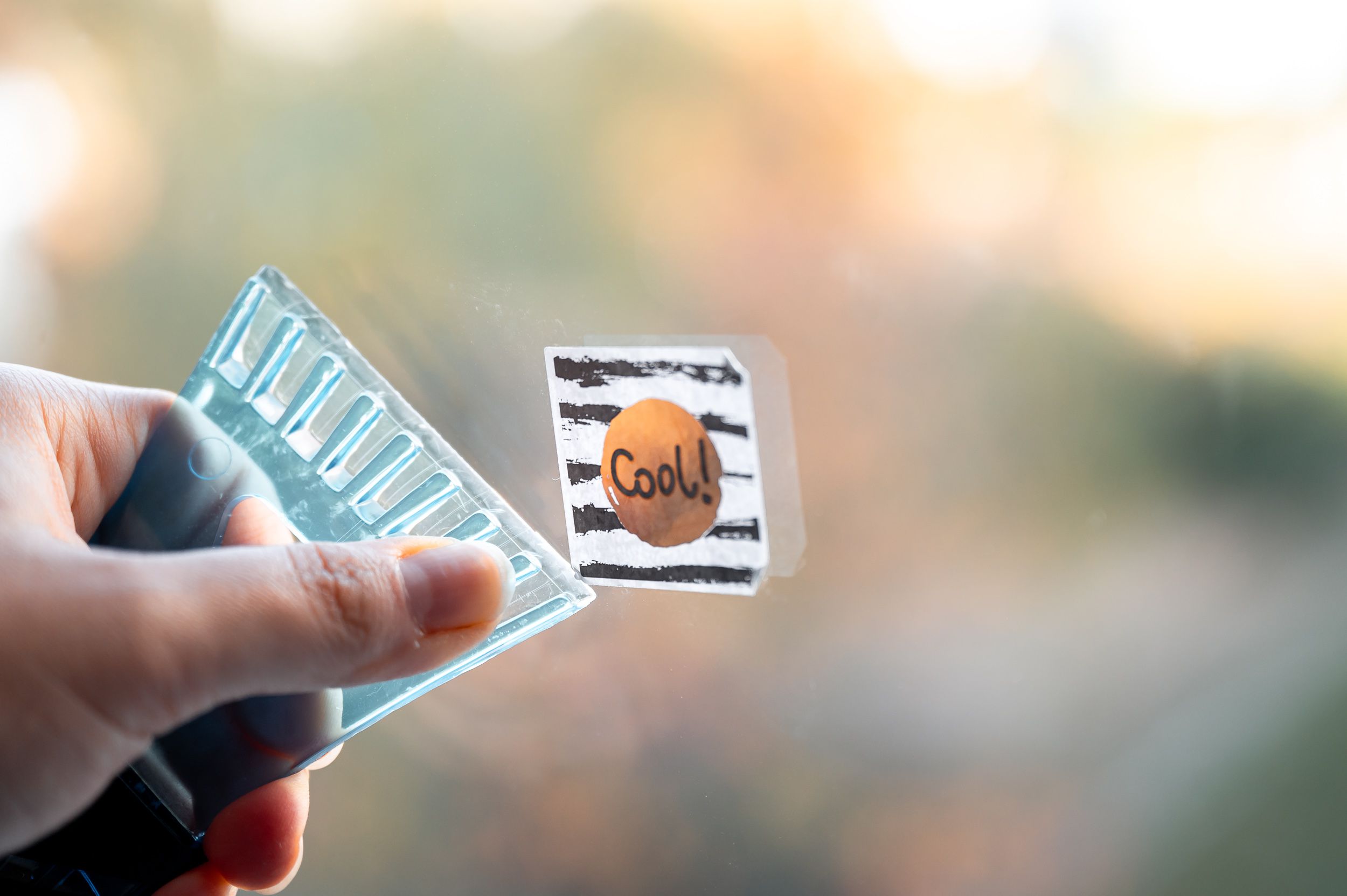

0 thoughts on “How To Remove Glass From Garbage Disposal”